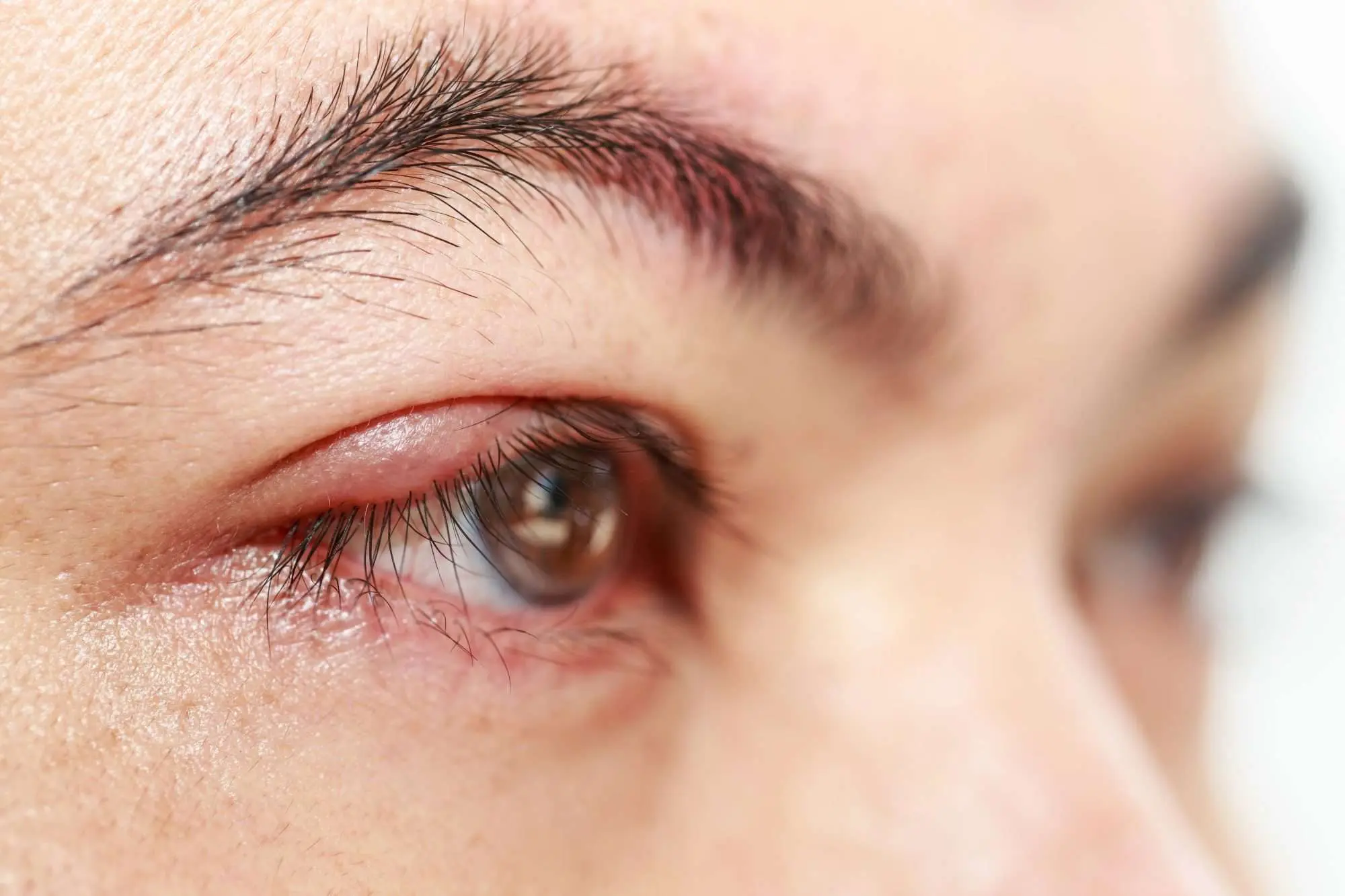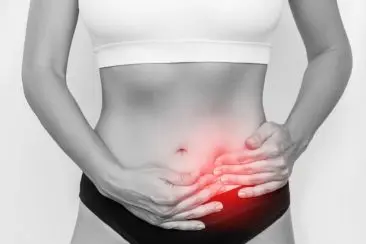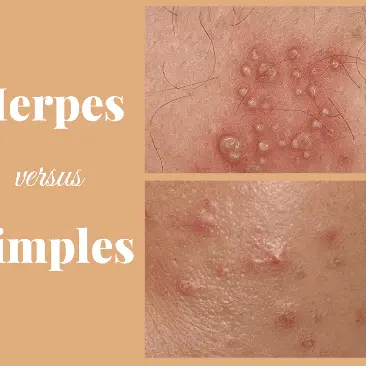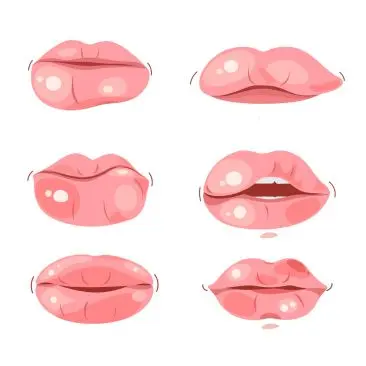How long does a stye last?
Most styes heal on their own within 1 to 2 weeks. Warm compresses can speed up recovery. See a doctor if your stye doesn’t improve or worsens after 14 days.
What Is a Stye and How Long Does It Last?
An eye stye (or hordeolum) is a painful, red bump caused by a bacterial infection that forms on your upper or lower eyelid. It can be uncomfortable and unsightly, but it's common and usually harmless. Simple treatment usually clears up styes within a few weeks.
Styes can affect anyone, including children, but some are more susceptible than others. Here I will explain what a stye is, how it is caused, who is more likely to get one, and how to treat it. Also, I'll explain how long styes usually remain before going away and when you should consult a doctor.
What Causes a Stye?
To keep your eyes, skin, and eyelashes moist, humans have tiny oil glands in their eyelids.
An infected gland becomes clogged with dirt, debris, or dead skin cells. Usually found on the skin and inside the nose, Staphylococcus aureus bacteria multiply in blocked oil glands.
Swollen, tender, and red eyelids can result from this infection. A stye is what this is. Hordeolum is the medical term for a stye. Sometimes, they resemble pimples on the edge of the eyelid.
Symptoms of a stye include:
- An eyelid that is inflamed, swollen, or tender
- Pimples are small red bumps, lumps, or pustules.
- Inflammation or discomfort of the eyes
- You feel like dirt or dust is bothering your eyes.
- Sensitivity to light
- Tears or watery eyes
You can develop two types of eye styes.
External Stye
Upper or lower eyelid styes form when an eyelash follicle or sweat gland becomes infected.
The most prevalent type of stye is an external one.
Internal Stye
Internal stye forms when one of your meibomian glands becomes blocked and infected.
Small oil glands line the inside of the eyelids and can cause styes on the skin that touches the eye. External styes are less common and can be more severe than internal styes.
With time, both types of style will heal. In rare cases, stubborn or severe styes may require medical attention. Consult your eye doctor if your stye has lasted more than two weeks or has worsened instead of better.
Stye Types and Healing Time
| Type of Stye | Location | Common Symptoms | Healing Time |
|---|---|---|---|
| External Stye | Base of eyelashes or sweat gland | Red, swollen bump, pain, tenderness | 1 to 2 weeks |
| Internal Stye | Meibomian gland (inside eyelid) | Deeper swelling, more painful, less common | Up to 2 weeks or longer |
| Chalazion (not a stye) | Blocked oil gland (no infection) | Firm, painless bump, may persist longer | Several weeks or more |
Common Stye Causes and Risk Factors
In most cases, styes are caused by the bacteria Staphylococcus aureus on the skin and inside the nose.
The bacteria proliferate when it enters a blocked gland or hair follicle, causing inflammation of the eyelid and, eventually, a red, pus-filled nodule that is tender. It is impossible to prevent a stye from forming. You can prevent blocked or infected eyelid glands by freeing them from dirt, makeup, or debris.
There are several risk factors for developing a stye, including:
- Hygiene issues with contact lenses
- Wearing contact lenses while sleeping
- Hands without being washed before rubbing your eyes
- Chlorine exposure is excessive
- Extending your lashes
- Makeup that is old or contaminated
- You don't wash your face enough
- Recurrent eye styes or other eye problems
Certain health conditions can also cause styes.
In addition, they include:
- Rosacea
- Dry skin
- Seborrheic dermatitis (dandruff)
- Blepharitis
- High blood sugar or diabetes
- Hormonal changes
- High cholesterol
- The poor or weakened immune system
How Long Does It Take for a Stye to Heal?
Usually, styes heal within a few days to two weeks. The affected area starts to feel uncomfortable, painful, or swollen. The infection develops into a small, red, painful bump on the edge of the eyelid.
It is possible to have a chalazion if a patient has a painless bump on their eyelid that develops slowly and lasts for more than two weeks. Chalazion, also called a meibomian cyst, is not a stye, but can result from one. A stye appears farther back on the eyelid, but if it becomes large enough to press on your eye, it can interfere with your vision.
Can a Stye Heal Without Treatment?
Styes usually disappear within a few days or up to two weeks. A warm, clean washcloth applied to a closed eye a few times a day can encourage a stye to drain.
Attempting to pop or squeeze a stye can transmit bacteria to other parts of your face and lead to further infection. You should consult your eye doctor if you have had a stye for two weeks and it has not gone away.
Stye Treatment Options
Most styes are not dangerous or require treatment. You can encourage a stye to heal more quickly if it bothers you.
Home Remedies for Styes
- After sweating every night, wash your eyelids gently with soap and warm water.
- Close your eyes and place a clean, warm compress or washcloth over them for 5-15 minutes. Replace your compress up to five times a day by reheating it.
- You should avoid wearing makeup until your eye has healed.
- Contact lenses should not be worn until your eye has healed.
- Make sure you wash your pillowcases and towels regularly to prevent spreading germs.
- Share cosmetics or personal hygiene products that touch your eyes at all costs.
- You are touching your eye area as little as possible is recommended.
- After treating your stye, wash your hands with hot water and soap for 20 seconds.
Styes should never be popped, squeezed, or encouraged to rupture prematurely. The bacterial infection can spread if you damage your eye area.
Medical Treatment for Severe or Persistent Styes
Make an appointment with a medical professional if your stye doesn't go away after two weeks or if symptoms rapidly worsen. Your doctor may recommend one or more treatment options to address your eye condition and return you to full health.
There are several medical treatments for styes, including:
- Stye treatment with antibiotic ointment
- Your bacterial infection may spread to other body parts if you take oral antibiotics.
- Injection of steroids to reduce swelling in the eyelids
- An in-office procedure in which a doctor uses local anaesthesia and a small incision to drain your stye
When Should You See a Doctor About a Stye?
A few days of home treatment usually heals styes within a week or two. Occasionally, a patient with a stye should seek medical advice.
- It takes two weeks for your stye to disappear
- It seems that your stye is getting worse
- Stye affects your vision
- There is an excessive amount of pain in your eyelids, or you feel like there is something in your eye
If a stye spreads to other parts of the face, or if you develop a fever or chills, you may need emergency medical treatment. You should call 9-1-1 or go to the nearest emergency room immediately.
FAQs About Styes
How long does a stye typically last?
A stye usually goes away on its own within 7 to 14 days. Warm compresses can help it heal faster.
How do I know if my stye needs medical attention?
If your stye hasn’t improved after 2 weeks, affects your vision, or becomes very painful, contact a doctor.
Can you pop a stye to make it go away faster?
No. Never squeeze or pop a stye—it can cause the infection to spread and worsen.
Are styes contagious?
While the stye itself is not contagious, the bacteria that cause it can be spread. Avoid sharing towels or cosmetics.
What’s the difference between a stye and a chalazion?
A stye is an infected oil gland, often painful and red. A chalazion is a non-infectious blocked gland that causes a firm bump.
Can I wear contact lenses if I have a stye?
It’s best to avoid contact lenses until your stye heals to prevent irritation and reduce the risk of spreading bacteria.
How Mobi Doctor Can Help
Mobi Doctor offers online urgent care.
Mobi Doctor offers online urgent care. In minutes, you can check your symptoms, research conditions and treatments, and text a healthcare provider if needed.
Mobi Doctor is a virtual clinic that provides online consultations and 24/7 support for people with health problems. You can talk to our experts about any health problem, whether an infection, an injury, or a mental health issue. We offer tailored advice and support from our team of doctors and experts.






